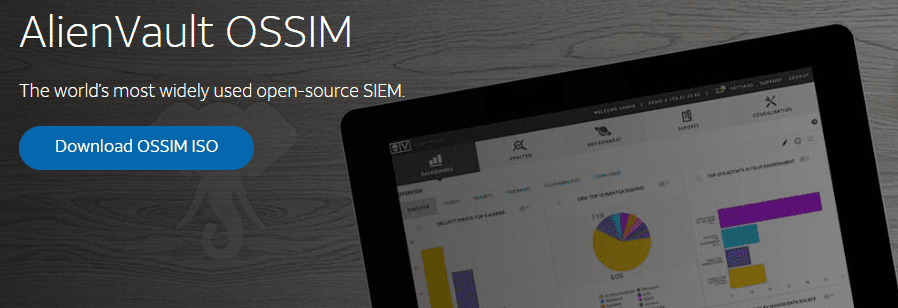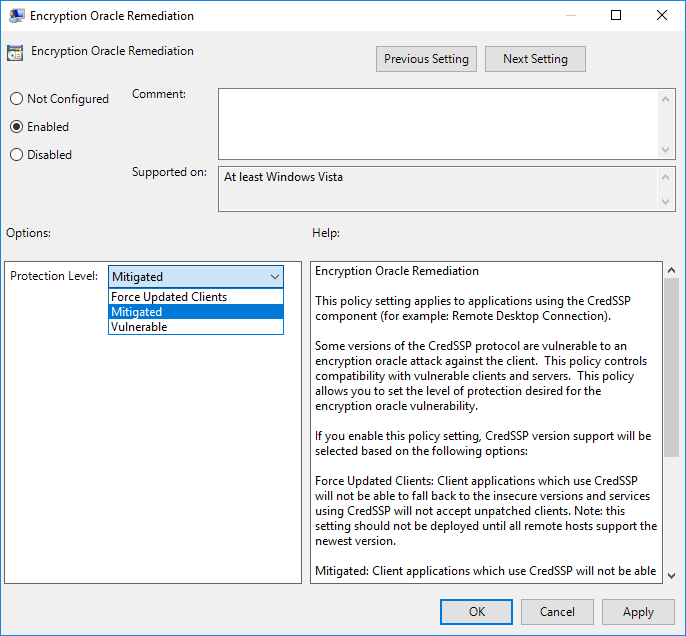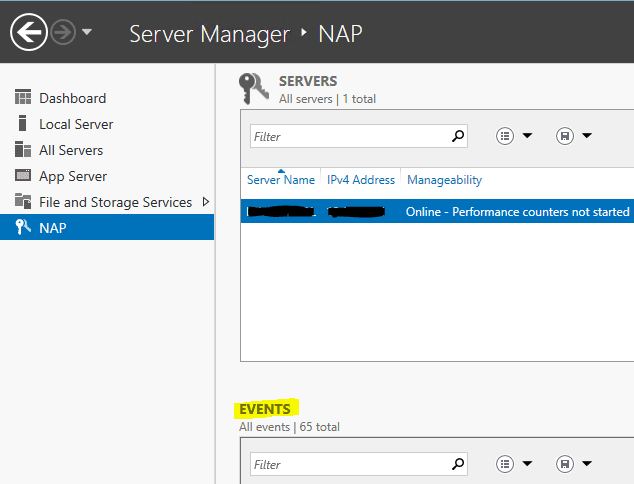Top 20 Open Source Cyber Security Monitoring Tools in 2023

Let’s consider the top 25 open-source cyber security monitoring tools that are a great choice in 2023.
Table of contents
- 1. Wireshark
- 2. Snort
- 3. OSSEC
- 4. Security Onion
- 5. Nmap
- 6. Kismet
- 7. Suricata
- 8. Zeek (formerly Bro)
- 9. OpenVAS
- 10. ClamAV: Open-Source Antivirus Engine
- 11. Fail2Ban
- 12. AlienVault OSSIM
- 13. Cuckoo Sandbox
- 14. Logstash
- 15. pfSense
- 16. ModSecurity
- 17. AIDE (Advanced Intrusion Detection Environment)
- 18. Graylog
- 19. Wazuh
- 20. T-Pot
1. Wireshark
Wireshark is the ultimate tool that can be used to examine packet captures. It is widely known across the board for the ability to view network packets in a way that makes sense and can be easily filtered and queried against to use them for troubleshooting, security, forensics, and many other use cases. It is totally free for download and if you are wanting to dive deep into network analysis at the packet level, Wireshark is the tool to use.
2. Snort
Snort is a another wellknown security tool that can help to monitor network traffic and provide real time traffic analysis and logging. With snort you get alerting capabilities and you can use it as a security tool for auditing and monitoring networks.
Many write their own snort rules for monitoring network traffic or rely on feeds of new rules that are written by those in the community.
3. OSSEC
OSSEC is a host intrusion detection system (HIDS). It provides log analysis, file integrity checking and things like rootkit detection. It supports most platforms like Linux, Windows, and macOS, and it helps to examine traffic for security vulnerabilities.
4. Security Onion
Security Onion provides a great platform of open-source tools that also includes others we have on the list, including Snort, Suricata, and Zeek. It is a solution that can be used by security teams to monitor networks and detect security breaches.
5. Nmap
Nmap is known as a network scanning tool of choice that can discover hosts on the network and finger those hosts for various types of tests, including identifying the OS, finding open ports, and services that may be running on the endpoint.
6. Kismet
Kismet is a tool that examines wifi networks and is able to provide security scanning features for wireless. It helps security pros identify possible security risks and network vulnerabilities that may be on the network and can pinpoint unauthorized users who may be on the network as well.
7. Suricata
Suricata is a very well known network intrusion detection and prevention engine like Snort that provides real-time network traffic analysis and threat detection. You can use Suricata in solutions like OPNSense and pfSense.
8. Zeek (formerly Bro)
Zeek, is a network analysis framework you can use that has real-time network traffic analysis.
It helps you see what is going on inside your network traffic and has its own scripting language and plugin architecture. You can use it to see network activity in your environment to detect and prevent security threats.
9. OpenVAS
The OpenVAS solution is a vulnerability scanning and config management solution that allows you to take a look at and remediate security problems in the environment. It has a large number of plugins in the library and also does continuous monitoring and provides very up to data security information.
10. ClamAV: Open-Source Antivirus Engine
ClamAV has long been the open source antivirus that everyone knows about. it can detect the more traditional trojans, viruses and other malware. It also has a command-line scanner, GUI, and can run on multiple platforms.
11. Fail2Ban
The Fail2Ban solution parses logs and monitors for malware or other malicious activity. It will look for things like failed login attempts. It can then ban the IP address that is the source of the attack, so helping to protect your network from things like brute force attacks and users who are trying to access things they shouldn’t.
12. AlienVault OSSIM
AlienVault OSSIM is an open source solution for running your own free SIEM. It has real-time event correlation, and can analyze logs and provide threat intelligence.
13. Cuckoo Sandbox
Cuckoo Sandbox is another malware analysis system that security pros can use to analyze things like suspicious files and URLs in a safe environment that is a sandbox outside of production. You can see things like malware behavior and do network traffic analysis, see file system changes, API traces, and many other things to help SecOps see if there are security risks with certain files or URLs.
14. Logstash
Logstash is a solution that is part of the Elastic Stack (ELK Stack). It has the ability to offer log processing and management. It can collect parse and store log data from many different sources so you can analyze network activity and detect security breaches before they lead to bigger issues.
15. pfSense
pfSense is the Cadillac of open source enterprise firewalls. You can run pfSense on a wide range of commodity hardware, including inside a virtual machine in your environment. It provides network security, traffic shaping, and VPN connections. It also has a rich stash of community plugins that make it even more powerful.
16. ModSecurity
ModSecurity is a web application firewall (WAF) that many run in their environment to provide real-time security monitoring capabilities. Many run this in front of their web servers like Apache or Nginx to detect and block threat attacks.
17. AIDE (Advanced Intrusion Detection Environment)
AIDE detects files and directory integrity changes. It can help give visibility to unauthorized changes in the structure that may indicate malicious activity. It can help you see file modifications, deletions, and file adds that can help SecOps prevent security issues or breaches.
18. Graylog
Graylog is a popular open source log management system. It allows you the ability to analyze your log data from many different source systems. This can help SecOps detect security threats, vulnerability, and see possible threats real-time.
19. Wazuh
Wazuh is a really good open-source security monitoring solution that becomes part of the network intrusion detection system framework. It can monitor file integrity and enforce security policies.
20. T-Pot
T-Pot is a solution that combines many different honeypot solutions into a single offering. It can simulate many different vulnerable systems and services. It acts as a solution to attract attackers and collect threat data.
Wrapping up
Hopefully, these top 20 open source cyber security monitoring tools in 2023 will spark some ideas and solutions that maybe you haven’t see before or used so you can try these in the home lab environment before trying them in production.




























Great roundup of open-source cyber security monitoring tools! It’s impressive to see options like Wireshark and Snort still leading the way while newer tools like Zeek and OpenVAS address modern challenges. Open-source tools truly empower organizations with cost-effective and flexible security solutions. Thanks for sharing this valuable list!